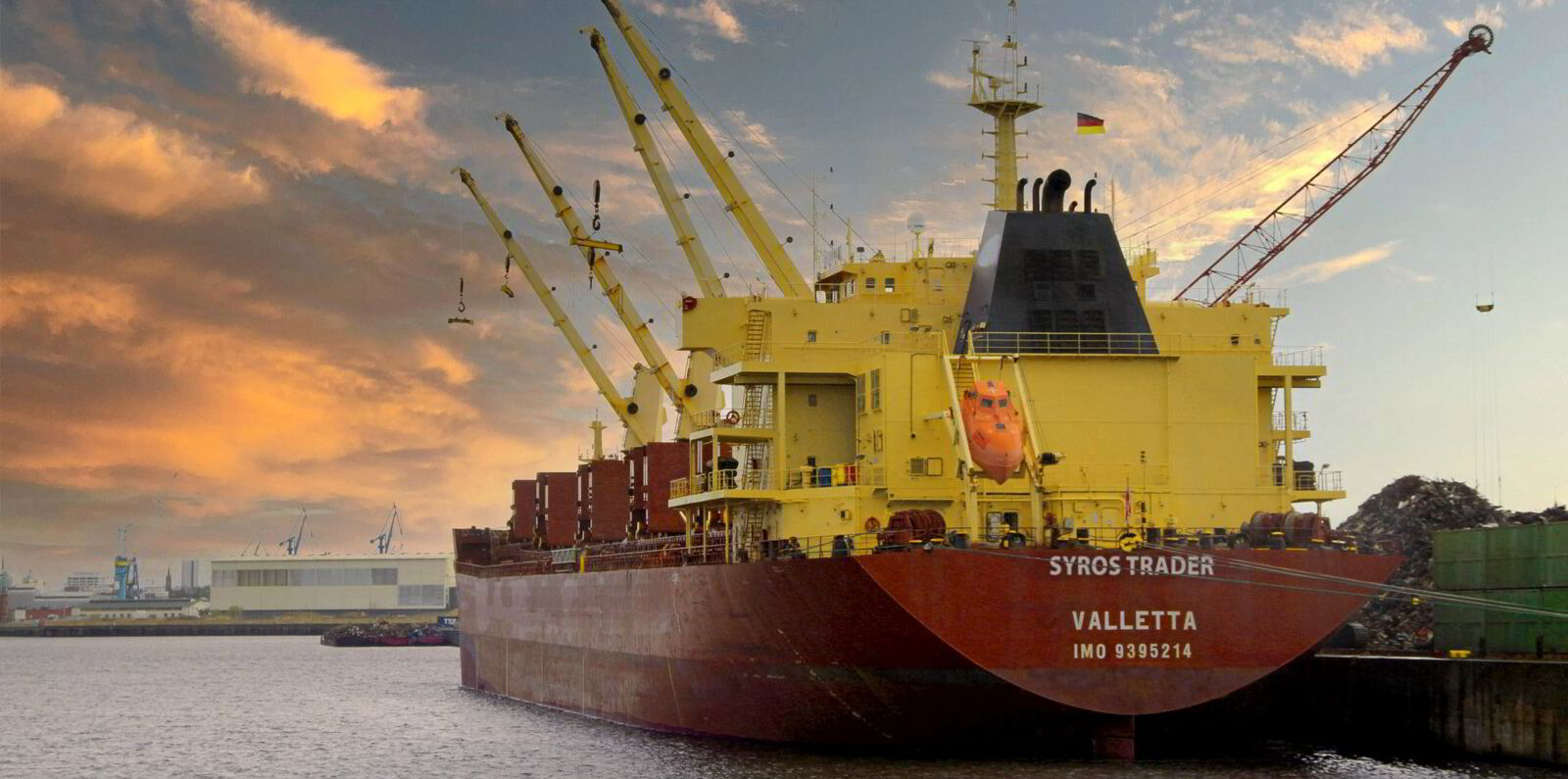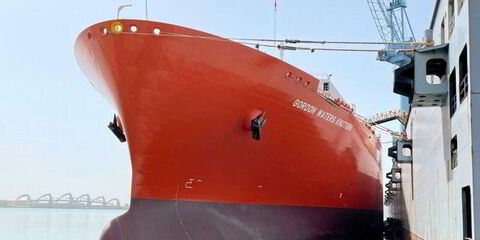Chinese electric vehicle manufacturers are helping to support seaborne flows of bauxite, which hit a monthly record in July.
Growing shipments of the ore have been credited with helping to keep demand for capesize and newcastlemax bulk carriers steady, dulling the seasonal volatility of iron ore trading patterns.
Chinese alumina producers have been forced to seek additional bauxite from minor suppliers such as Brazil, Montenegro and Turkey, due to operational challenges at several mines in China, according to shipbroker Howe Robinson.
“Growing domestic demand for aluminium as part of China’s aggressive expansion into electric vehicle manufacturing has led to a sharp rise in bauxite shipments, which grew to a monthly record 15m tonnes in July,” the shop said in a report.
The July figure is up by almost 17% year on year, driven mainly by imports from Guinea, the world’s biggest producer, and Australia.
Adam Khan, Howe Robinson’s dry cargo research analyst, said demand from electric vehicle manufacturing and associated energy transition industries has caused Chinese aluminium production to grow by nearly 4% year on year to 3.9m tonnes in July.
“We expect bauxite to provide the capesize segment with continued support in late Q3 and Q4 as the rainy season in some Chinese provinces has come to an end, bringing back disrupted alumina refining and aluminium smelting capacity that had previously been affected,” he told TradeWinds.
“Domestic mine supply remains an issue on the grounds of environmental inspections, but further growth in refining capacity … expected in Q4 will create further tightness in the domestic market, likely driving greater demand for bauxite imports.”
This means demand for bauxite from longer-haul destinations will continue in the near term, especially as some miners in Guinea were hit by weather-related production challenges in August, Khan said.
“Consequently, some easing in late Q4 is anticipated, though longer-term we should see some structural shifts, particularly with Turkish supply, as Chinese automakers look to set up manufacturing sites across Europe to circumvent import tariffs,” he added.
It is also rumoured that Indonesia may restart bauxite exports to China.
Indonesia ceased exporting industrial volumes in early 2023 and a formal export ban was instated in June last year to encourage domestic processing.
However, setting up domestic smelters has proved challenging, so it has an excess supply of bauxite.
“Market reports suggest that standard grade Indonesian bauxite has been set at a guidance price of $39.5/tonne FOB [free onboard], with rumours of one initial panamax shipment,” Howe Robinson said in its report.
China has also imported around 600,000 tonnes of bauxite overland from Laos this year, it added.
Big driver

Golden Ocean chief financial officer and interim CEO Peder Simonsen told investors that long-haul bauxite exports have become a “significant driver” for the capesize market.
“We are entering into the high season for bauxite exports in Q4 and Q1 [2025] and we expect that volumes will remain healthy and increase from the seasonal lows in Q2 and Q3,” he said during the company’s quarterly earnings call.
“Bauxite, which is used to produce aluminium, is heavily used in the growing Chinese car industry [and] has been further subsidised by the government recently to support further car sales.”
All bar 1% of Guinean bauxite cargoes bound for China this year have been carried on board capesizes, newcastlemaxes and VLOCs, accounting for 70.9m tonnes, according to loading data from Oceanbolt.
The rest consisted of 28.8m tonnes from Australia, 2.7m tonnes from Ghana and 944,000 tonnes from Brazil.
Most of this made its way to China, which has imported 76.9m tonnes in total since 1 January, Oceanbolt said.
But Ghana is much more significant for the capesize trade in terms of tonne-miles than Australia.
Overall, Ghana has generated 27.8bn tonne-miles for capesizes this year to date, compared with 11.5bn tonne-miles for bauxite exported from Australia.
Bauxite sourced from unconventional origins has been going on for some time.
Last year, two bulkers loaded bauxite in Jamaica and made their way East, Oceanbolt data shows.
Pan Ocean’s 63,614-dwt ultramax Pan Orion (built 2020) and Pacific Carriers’ 27,268-dwt handysize Pac Capella (built 2012) both loaded at the Noranda bauxite berth at Jamaica’s Port Rhoades in mid-August.
Both vessels discharged in Huanghua port in Hebei province, which typically serves major steel companies in the region, including Hesteel Group.
Unexpected origins
Bauxite exports from Montenegro to China have been limited — just one supramax bulker has made the voyage so far this year, according to Oceanbolt.
Hainan Xinwu Shipping’s 56,880-dwt Xin Wu Xiang Hai (built 2012) sailed fully laden with ore in June to Jingtang, a key import hub for the steel industry in northern China.
China has imported 944,000 tonnes of the 4.3m tonnes of Brazilian bauxite exported by sea this year.
Oceanbolt has tracked 45 panamax bulkers taking bauxite to China from Brazil this year, plus 26 supramaxes.






